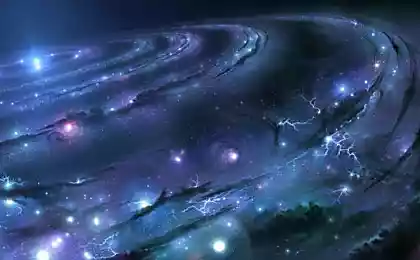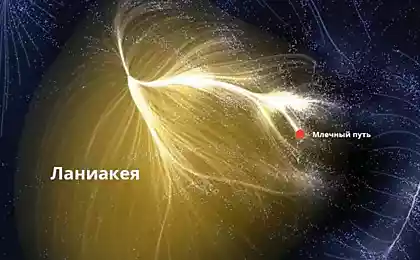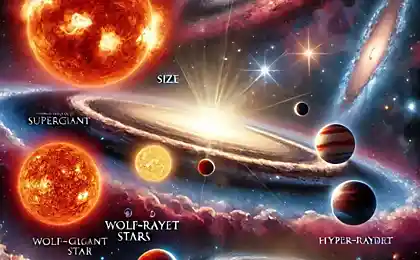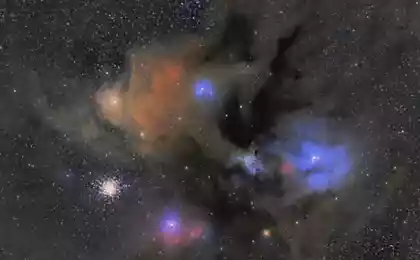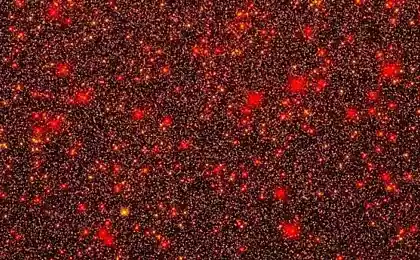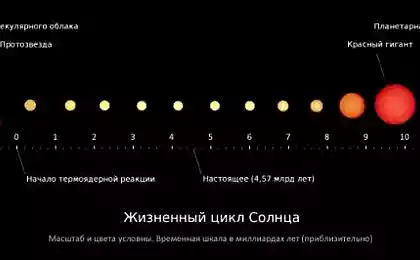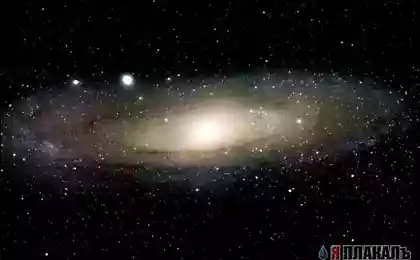673
Breathe deeply: Astronomers have found a white dwarf with an atmosphere of pure oxygen

Astronomers from the Brazilian State University of Rio Grande do Sul in the study of the data collected by the program "Sloan Digital Sky Survey" for the last 15 years, we stumbled upon a unique object in the sky. The white dwarf SDSSJ124043.01 found them + 671034.68, nicknamed Dox ([dioxy]), the atmosphere at 99, 9% consists of pure oxygen.
Nothing like that before scientists had ever seen. White dwarfs - is the final stage in the evolution of almost all stars (except the largest). When the star sheds its skin and forms a planetary nebula, on its place remains a core mass comparable to the Sun, but it is 100 times smaller. The luminosity of white dwarfs are extremely low, and therefore find them quite difficult - but, according to some estimates, they account for between 3 and 10% of the stellar population of the galaxy
stars Atmosphere almost 90% consists of hydrogen, almost 10. % - helium, and it contains traces of heavier elements. Some scientists believe that the composition of heavy elements in the stellar atmosphere is consistent with their composition in the rocky planets of its system. And even when the star ejects a shell environment that remains in a white dwarf has a similar composition. Hydrogen and helium as the lightest elements "float" up and remain in the atmosphere. What process led to the complete loss of Dox light elements, still remains unclear.
"This white dwarf was a complete surprise, - says head of research, the astronomer Kepler de Souza Oliveira [Kepler de Souza Oliveira]. - And since we do not expect to find something like that, his discovery was even more
difficult task. " Dox size of slightly more than the Earth, while its mass is 60% of the sun. Besides oxygen traces present neon, magnesium and silicon in its atmosphere. The unique composition of the atmosphere suggests that this object appeared as a result of a rare process.
Another mystery Dox is the fact that it is clearly descended from a small star - and in such a star can not be synthesized so heavier elements, like oxygen. By all Dox, would weigh at least twice, to be able to synthesize this element. And then in the atmosphere of the dwarf could find traces of it - but still not entirely of his atmosphere
. Kepler believed that the solution Dox may lie in the possibility of its formation in place a double star system. He argues that although the astrophysics study and calculate the parameters of the evolution of individual stars, about 30% of all the stars in any way interact with your companion in binary star systems.
Possible scenarios was a double star system, of a white dwarf and a red giant. At some point, the giant has expanded so that Dox was the drag on the gas from its atmosphere. And then the giant exploded and all the light elements that were in the atmosphere vanished, leaving only oxygen. Similar scenarios have been described by scientists - except that never before had they not led to the fact that the star in an atmosphere of only oxygen remained.
Source: geektimes.ru/post/273834/
Using satellite imagery, archaeologists discovered an unknown Viking settlement in the New World
What are the names of the countries?
